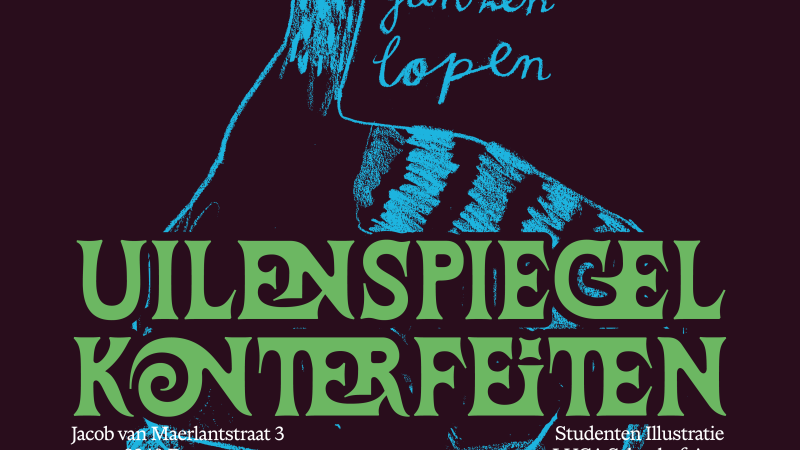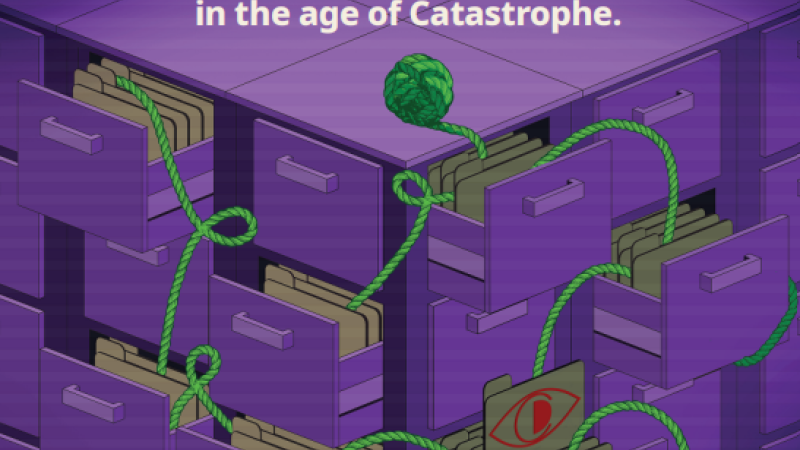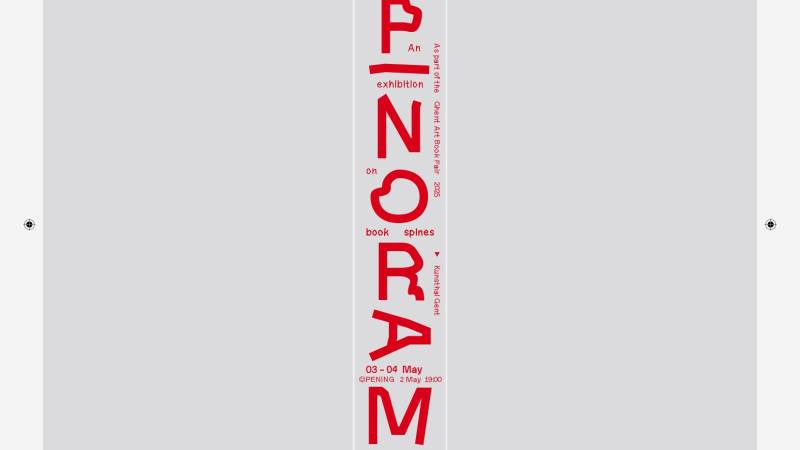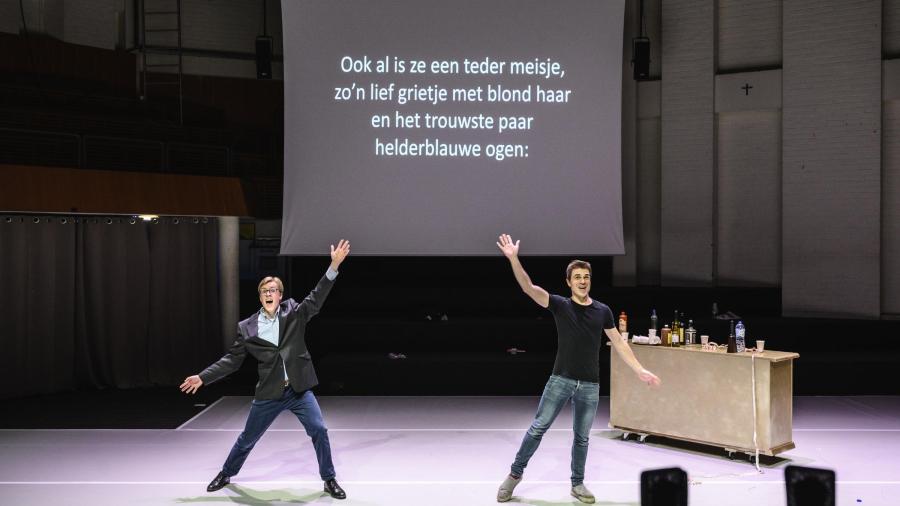
LUCA School of Arts - campus Lemmens
Lemmensberg 3
3000 Leuven
Concert hall
LUCA Strings! Mathijs, Bartok, Tsjaikovsky
LUCA Strings
Maximilian Lohse, conductor
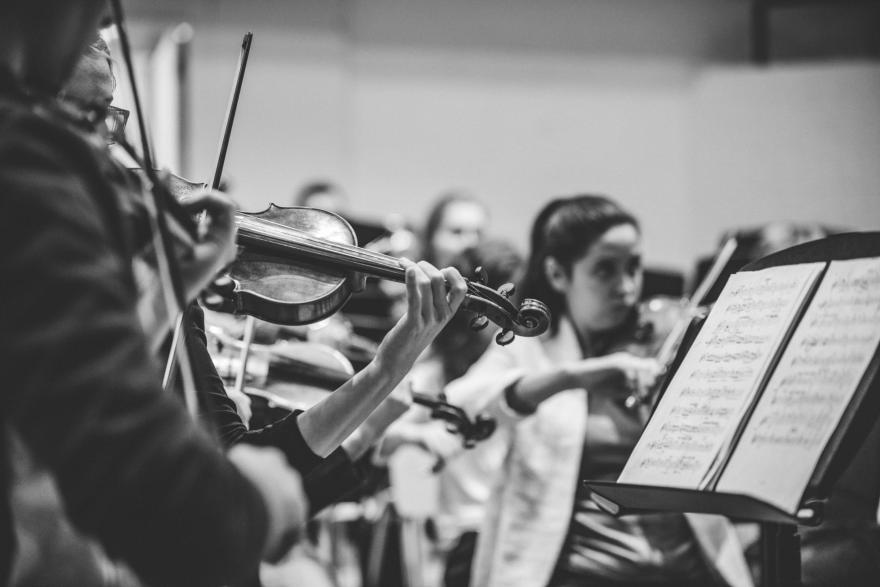
Programme:
- Bela Bartok: Divertimento for Strings
- Pyotr Illyich Tsjaikovsky: Serenade for Strings
- Els Mathijs: Concerto for string orchestra
The Divertimento for Strings (1939) by Bela Bartok (1881-1945) was the last work the composer wrote before emigrating to the United States at the outbreak of World War II. The work consists of three movements: Allegro non troppo - Molto adagio - Allegro assai. As a genre, the divertimento refers primarily to occasional or entertaining music, which is by no means to say that it can be understood as non-committal. Bartok's Divertimento is certainly unique in its kind. It is eager, at times old-fashioned, folksy, inventive, but above all, it typifies Bartok's style to the full.
The Serenade for Strings (1880) by the Russian composer Pyotr Illyich Tchaikovsky (1840-1893) consists of four movements: Pezzo - Valse - Elegy - Finale. With its sonata structure, the first movement harks back to classicism. In doing so, Tchaikovsky adopts Mozart's typical style, without denying his own identity and idiom. The music therefore sounds more like a tribute from another era than an imitation. The second movement, the waltz, undoubtedly enjoys the most fame and has taken on a life of its own separate from the Divertimento. Funny detail: during the countdown to the very first atomic bomb launch on 16 July 1945, the Serenade resounded, after a radio station accidentally used the same frequency on which the communication about the nuclear test took place.
The Concerto for String Orchestra (2022) was written by composition student Els Mathijs (1999). LUCA wants to give good composition students a chance to see their work performed. The Concerto for String Orchestra is a three-movement work. The first and last movements have a lively energy with a rousing rhythm and changing time signatures. The string orchestra melts together into one whole in these movements through the motifs that skip from one instrument to another. In the middle section of the piece, the music takes a turn towards the lyrical, with the melody taking precedence. Here, the instrument groups alternate between leader and accompanist. In other words, this Concerto for String Orchestra focuses on different moods, from exuberant energy to lyrical softness.
Buy your tickets below.
Free for staff and students of LUCA/KSO


